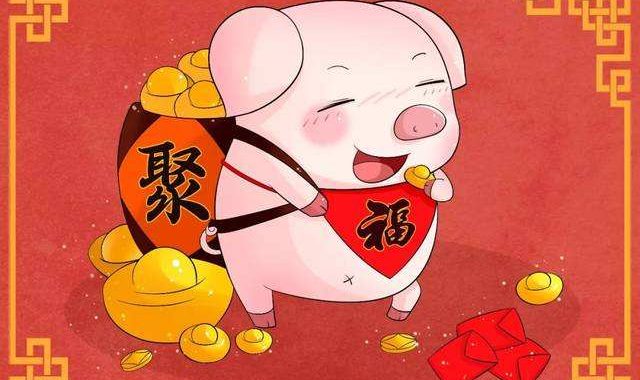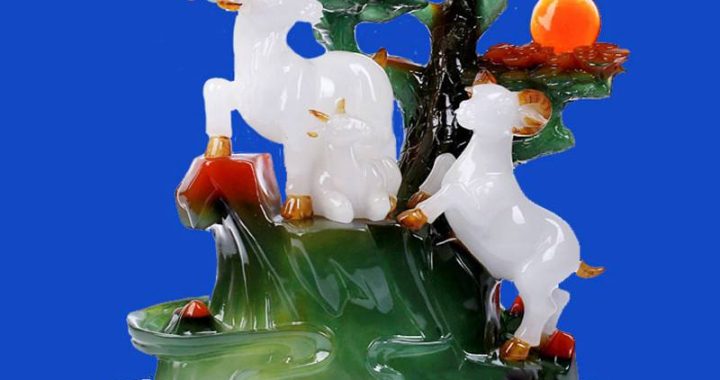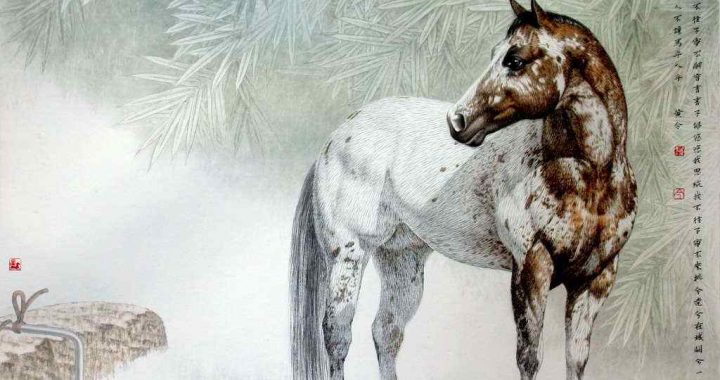Chinese Stilts-Walking
2 min readThe History of Stilts-Walking
Stilts refer to a pair of long,slender poles each equipped with a raised footrest to enable the user to walk elevated above the ground.In China,there is an old custom called“walking on stilts”.It is a performance that employs two lengths of wooden sticks over three meters long to one’s feet and walking on them.It is also termed“tied-on long feet”.

This performance can be traced back to very ancient origins.It is said that there was once a man named Lanzi in the state of Song who entertained the first Song emperor with his feet of walking and running with two wooden poles taller than himself attached to his lower legs.In the Han Dynasty,stiltwalking,then called“stilts skil1″,began to popularize among the public.In the Song Dynasty,it was changed to”stepping-stilts”and the name“stilts-walking” was finally adopted in the Qing Dynasty.Through several thousand years of development,stilts-walking has greatly improved in style and become an important part of Chinese festive culture.

A Brief Introduction of Chinese Stilts-Walking
Stilt-walking,a recreational activity in rural areas,combines dance,drama and physical agility.Chinese stilts are usually 20 to 90 centimeters high.Using various props,performers paly folk heroes or roles from popular dramas.
Hand-Held Stilts
Hand-held stilts typically come in two varieties(string and pole)and are common childhood toys.Unlike other forms of stilts,hand-held stilts are not tied or strapped to the wearer.Hand-held pole stilts are made of two long poles,each with a foot support on them.The stilter holds on to the upper end of the pole and rests their foot on the foot plate.Hand-held string stilts(also known as tin can stilts)are platforms with strings attached to them.The platforms,most commonly made of tin cans,hold the stilter’s weight while the strings are used to pull the cans to the feet as the stilter takes a step.









